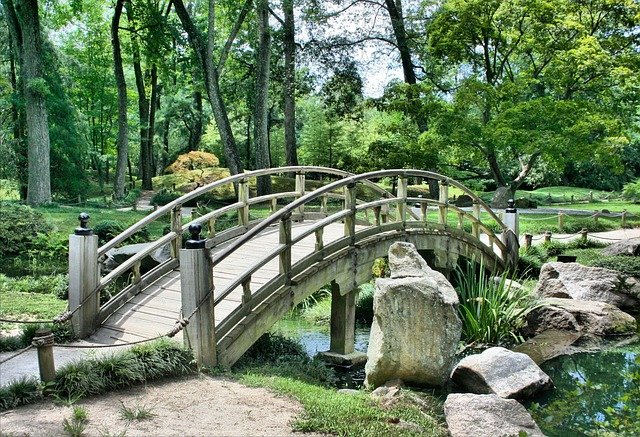How to Start a Garden: A Beginner’s Guide

Have you ever wanted to start a garden, but weren’t sure where to begin? Starting a garden can be a daunting task, and it can be difficult to know what steps to take. This beginner’s guide provides you with all the information you need to get your garden off the ground and start growing your own fruits, vegetables, flowers, and herbs.
Outline of Starting a Garden
- Introduction
- Choosing a Site
- Planning Your Garden
- Choosing the Right Plants
- Soil Preparation and Planting
- Caring for Your Plants
- Conclusion
Introduction
Starting a garden is a rewarding and fulfilling experience. It’s a great way to get in touch with nature, enjoy the outdoors, and produce delicious fruits, vegetables, herbs, and flowers. Plus, it’s a fantastic way to get exercise and reduce stress in your life. Whether you’re just starting out or have been gardening for years, there’s always something new to learn.
In this guide, we’ll discuss the basics of starting a garden, from choosing a site to planting and caring for your plants. Let’s get started!
Choosing a Site
When it comes to starting a garden, the most important thing to consider is the location. You want to choose a spot that gets enough sunlight and has good soil. You also need to consider the size of the area you have to work with. If you’re limited in space, you may want to consider container gardening or planting in raised beds.
If you’re not sure where to start, ask around your neighborhood or local gardening club. They may be able to help you find a suitable spot or provide advice on the best location for your garden.
Planning Your Garden
Once you’ve chosen a spot, it’s time to start planning your garden. Start by drawing a garden plan, which will help you visualize your garden and plan for the future. Map out where you’ll plant each type of plant, how much space they’ll need, and where the sun and shade will fall. This will help you make sure your plants get the light they need and that you don’t overcrowd them.
You should also consider how much time and energy you’ll have to dedicate to your garden. If you’re short on time, you may want to choose plants that are more low-maintenance. If you don’t have a lot of space, you may want to focus on container gardening or vertical gardening. Think about the resources you have available and plan accordingly.
Choosing the Right Plants for your Garden
Once you’ve decided on a location and planned your garden, it’s time to start choosing plants. Start by researching the types of plants that will do well in your climate and soil. Consider the amount of sunlight and water they’ll need, as well as how much space they’ll need to grow. You should also think about what types of plants you’d like to grow, such as fruits, vegetables, herbs, or flowers.
When selecting plants, consider the growing seasons in your area. Some plants require a longer growing season than others, so you’ll need to plan accordingly. You may want to start with cold-weather crops, such as lettuce, spinach, and kale, which can be planted in early spring. Then, later in the season, you can add heat-loving plants, such as tomatoes, peppers, and melons.
Soil Preparation and Planting
Now that you’ve chosen the plants for your garden, it’s time to get to work! Start by preparing the soil. This includes tilling the soil, removing rocks and weeds, and adding compost or fertilizer. Depending on the type of plants you’re growing, you may also need to adjust the pH of the soil. Once the soil is ready, you can start planting.
When planting, it’s important to follow the instructions on the seed packets or plant tags. Each type of plant has its own specific needs, so be sure to give them enough space and the right amount of sun and water. If you’re planting seeds, be sure to check the depth and spacing instructions on the packet, as well.
Caring for Your Plants
Once you’ve planted your garden, it’s time to start taking care of it. This includes watering, weeding, and fertilizing your plants. Depending on the type of plants you’re growing, you may also need to prune, stake, or mulch them. If you’re growing vegetables, you may need to protect them from pests, such as birds and insects.
It’s also important to keep an eye on your plants for signs of disease or pests. If you notice anything unusual, you should act quickly to prevent it from spreading to other plants. If you’re not sure how to treat a problem, consult an expert or do some research online.
Conclusion
Starting a garden is a rewarding and fulfilling experience. It’s a great way to get in touch with nature and enjoy the outdoors, while also producing delicious fruits, vegetables, herbs, and flowers. Plus, it’s a fantastic way to get exercise and reduce stress in your life. With this guide, you should have all the information you need to get your garden off the ground and start growing your own fruits, vegetables, flowers, and herbs.


